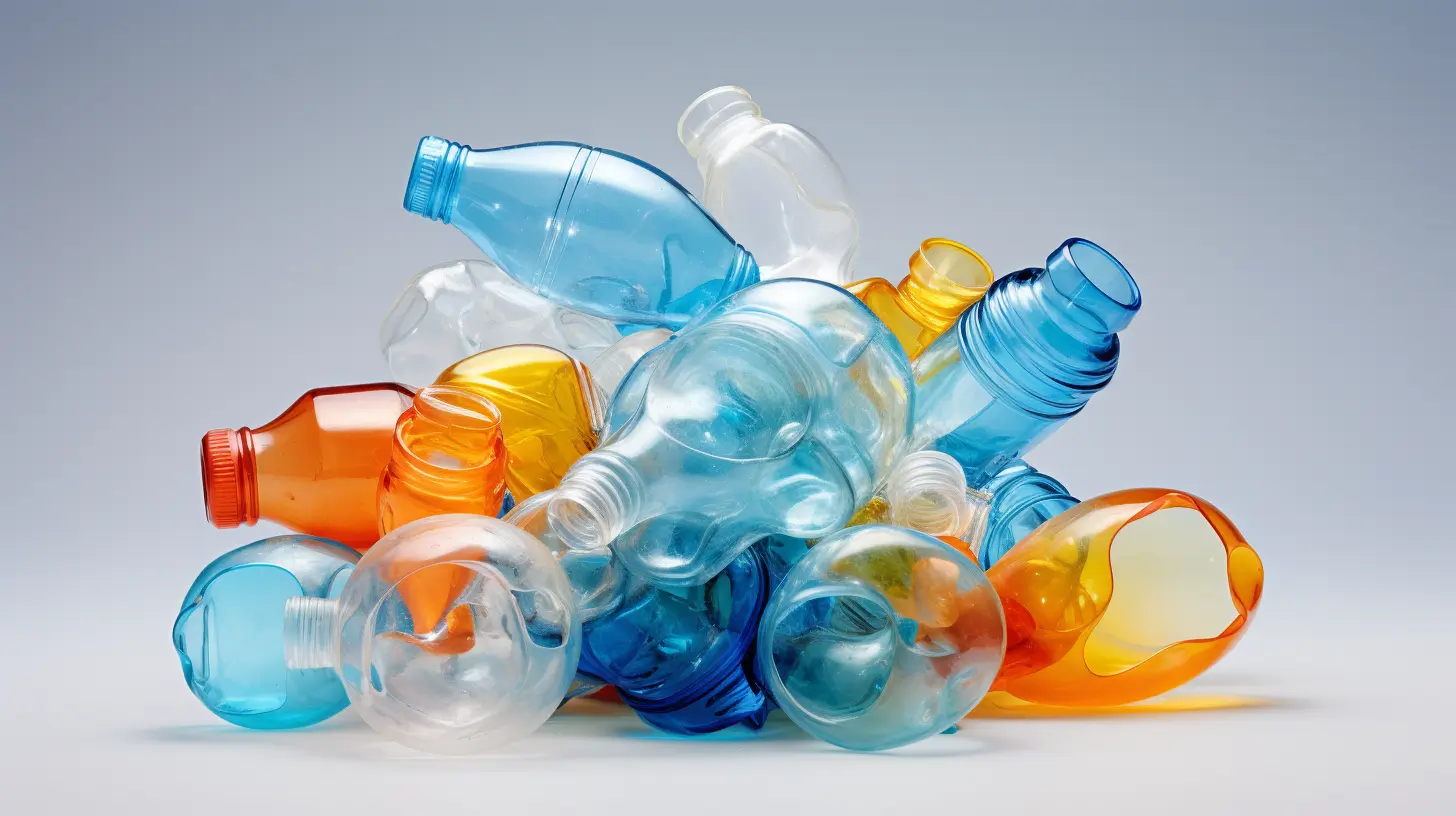The Effects of the California Recycling Law to the Coffee Capsules Industry

On 30th June 2022, t
Well, to understand why this bill is a big deal, we need to take a step back and look at how plastic waste was managed “traditionally.”
Before the 1970s, a relatively small amount of plastic was produced. And because plastic use for packaging was not ubiquitous, it was easier to manage the small amounts produced.
However, things started to change after the 70s. Plastic use more than tripled during the period leading up to the 90s. This proliferation created a need for some sort of regulation on plastic waste management.
This is when the famous recycling symbol — you know, the three chasing arrows on most plastic containers — was born. The goal was to show consumers which forms of plastic were recyclable so they would know what to do with them.
That’s right, not all forms of plastic are recyclable, even though they all create a demand for fossil fuels and cause the emission of greenhouse gases during production.
Anyway, as it turns out, companies were not very honest about which plastics could be recycled and which ones couldn’t. They would slap the recyclable logo on any plastic.
Consequently, more plastics ended up in landfills, and only a small portion was recycled. So, clearly, the symbol wasn’t working anymore. More needed to be done. Hence, Senate Bill No. 54 (SB 54). A brainchild of Senator Ben Allen.
As witnessed in recent years, all the pollution is finally catching up with our planet. The UN estimates that humans produce over 400 million tonnes of plastic waste annually. That’s a lot!
California has the biggest economy and population of any state in the U.S. With these numbers, it’s also expected to have a serious plastic problem, which explains the legislation.
It could immensely benefit from better ways of corralling plastic pollution — more than any other state.
Why we’re talking about plastic
The plastic industry has its tentacles everywhere, and the coffee business is no exception. A lot of coffee companies rely on plastic to package their products. One of the most common types of coffee packages is coffee capsules.
Plastic coffee capsules make up a fraction of the single-use plastic capsules. We use them once and get rid of them. This behavior simply aggravates the environmental pollution problem and encourages more use of fossil fuels, which cause global warming.
A key goal of SB 54 is to reduce the amount of plastic packaging in the state by 25%. Additionally, by 2032, the bill expects all forms of single-use packaging (paper or metal) to be recyclable or compostable.
Coffee businesses have a real opportunity to make a difference by using environmentally sustainable materials.
One material that comes to mind is aluminum. It has numerous benefits over plastic to human beings and the environment. Below are some of them:
- It’s infinitely recyclable.
- It’s much easier to recycle than plastic.
- It’s one of the most recycled materials on earth.
- It’s safer.
According to Alumeco Group, 95-98% of aluminum can be recycled. Further, over 75% of all aluminum ever produced is still in use today, thanks to recycling.
Therefore, it is no surprise that aluminum coffee capsules are a greater choice for making coffee capsules than plastic.
Why you should use aluminum coffee capsules
Other than the benefits outlined in the previous sections, aluminum coffee capsules are superior to plastic coffee capsules in other ways. Let’s look at those.
- They are already popular: Aluminum coffee capsules are the second most popular type after plastic. Accessing them is relatively easy. Switching to aluminum coffee capsules is as simple as requesting your roaster or whoever handles your packaging.
- Aluminum capsules don’t influence the coffee flavor: Unlike plastic, which tends to leave an odor in coffee, aluminum doesn’t. Your coffee is guaranteed to stay fresh for longer.
- Aluminum has a lower oxygen transmission rate (OTR) than plastic: When coffee is oxidized, it loses its freshness and becomes stale. Aluminum allows a smaller amount of oxygen in the capsule, which means coffee stays fresher for longer.
- It is food-safe: Plastic is notorious for leaking tiny pieces of plastic — known as microplastics — into food. Microplastics are unsafe because they end up in different parts of the human body and may lead to health complications. Aluminum doesn’t have this problem.
- Aluminum is easier to transport: Aluminum is strong. It doesn’t crumble as easily as plastic does under pressure during transportation. The pressure usually comes from stacking containers on top of each other.
Conclusion
Aluminum has clear-cut strengths that make it superior to other forms of packaging, especially plastic. Besides saving the planet, there are other reasons to switch from plastic to aluminum.
If your business operates from California, there’s even more reason for you to make the switch now. Because even if you don’t, you will have to do it at some point.
Considering the sheer size of California’s economy, more states will have to follow suit because manufacturers won’t make packaging materials for one state.
